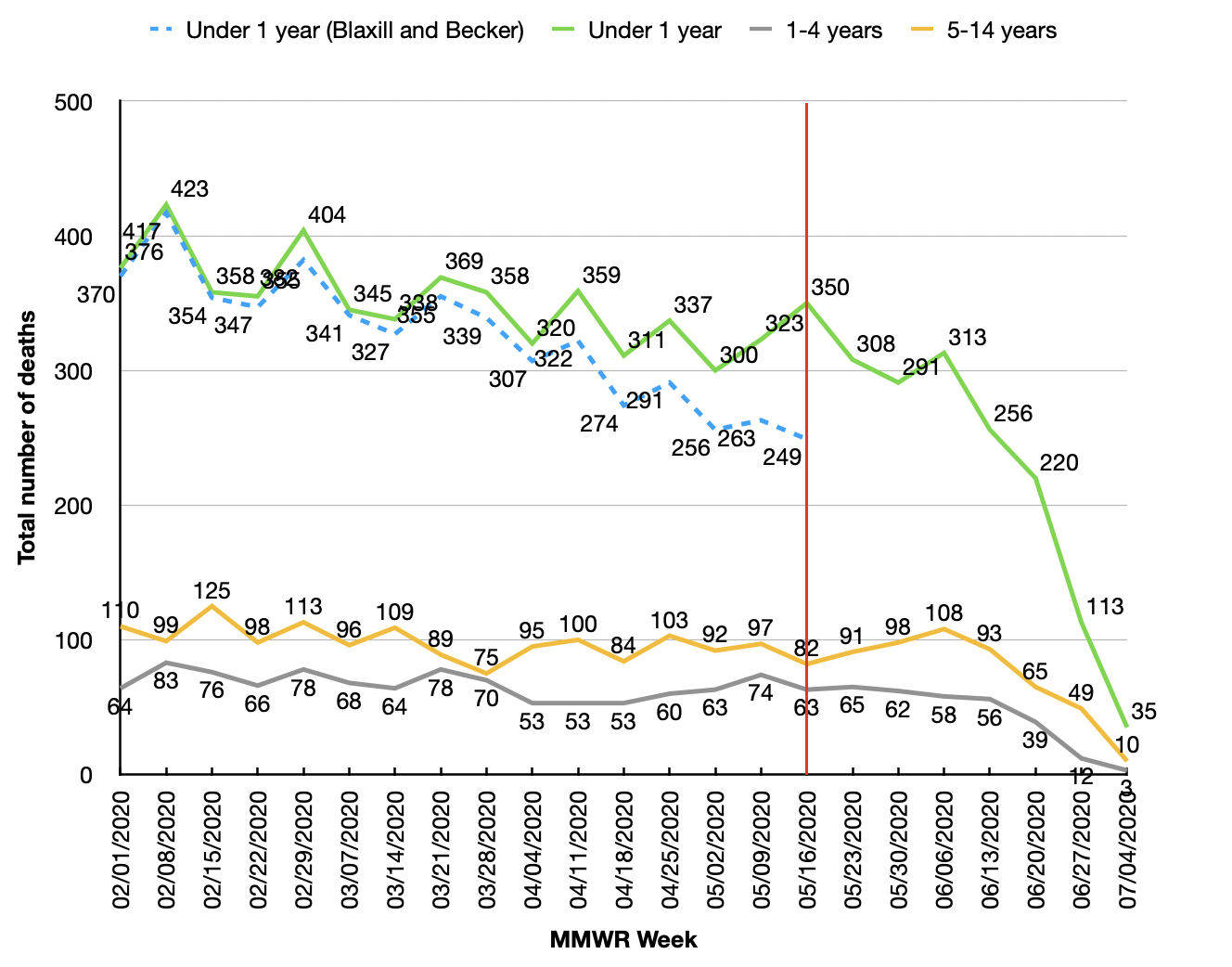
Studies consistently indicate that socioeconomic disadvantage is linked to higher risk of adverse birth outcomes both in the U.S. Researchers have long considered a variety of complex factors in an effort to better understand racial disparities in infant mortality, including infant health maternal demographics, health, and behavior medical care before, during, and after birth and home and social environments before and after birth.

The infant mortality rate among Hispanic mothers is similar to the national average (5.10 deaths per 1,000 live births), while rates among White and Asian mothers are lower than average (4.7 and 3.8 deaths per 1,000 lives births, respectively). Mothers who are American Indian or Alaska Native and Native Hawaiian or other Pacific Islander also experience a higher than average infant mortality rate (9.21 and 7.64 deaths per 1,000 live births, respectively). Non-Hispanic Black mothers experience the highest infant mortality rate among all racial and ethnic groups (10.97 infant deaths per 1,000 live births), as well as the highest rates of preterm birth (delivery before 37 weeks of gestation) and low birth weight, both of which are leading causes of infant death. There are significant racial disparities in infant mortality rates in the United States.


 0 kommentar(er)
0 kommentar(er)
